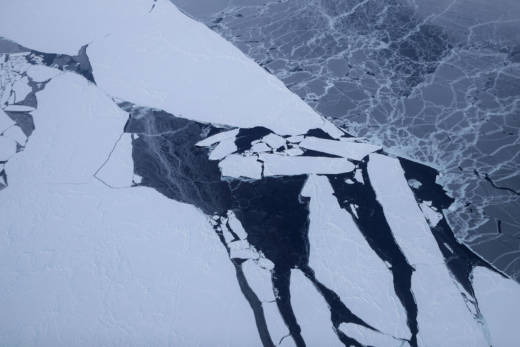The Greenland ice sheet is melting at its fastest rate in 400 years at a pace that has nearly doubled since the end of the 19th century, according to a new study published in the journal Geophysical Research Letters.
That could have major consequences for global sea level rise, according to online environmental magazine Yale Environment 360.
The Greenland ice sheet contains about 8 percent of the ice on earth, and if all of it were to melt in the coming centuries, global sea levels would rise by 20 feet.
The Washington Post notes that the melting is already impacting sea level rise.
In recent years, as Arctic air and ocean temperatures have risen, Greenland has been losing more ice through melting on its surface and through iceberg breaks at its periphery. It’s currently contributing almost a millimeter annually to the rising of the oceans, more even than Antarctica.
And the research suggests that global warming is largely to blame.
[T]he study also noted that during past eras of warm seas or high blocking, melt wasn’t as extreme — suggesting that the steady global warming trend, representing a more than 2 degree Fahrenheit rise in Greenland since the preindustrial era, is the key to separating the present from past. — The Washington Post
When placed in the broader context of our planet’s history, the findings are pretty alarming, says lead researcher Erich Osterberg, a Dartmouth glaciologist.
